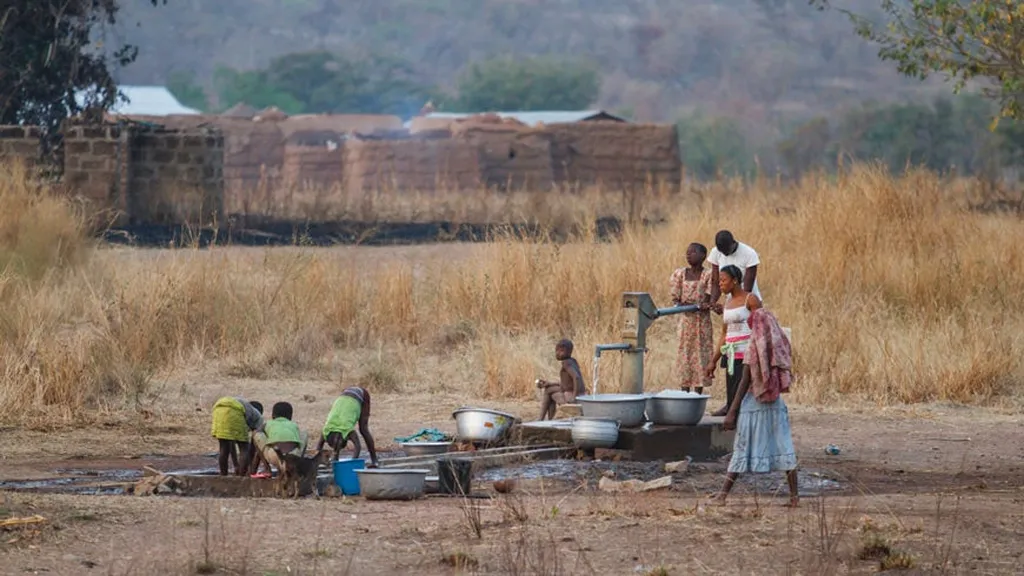In the heart of western Ghana, a silent battle is unfolding beneath our feet. Not one of armies, but of elements—potentially toxic ones—that could shape the future of agriculture and land use in tropical regions. A recent study published in *Frontiers in Soil Science* (translated to English as “Frontiers in Soil Science”) has shed light on the intricate dance of these elements in two dominant soil types: Acrisols and Ferralsols. The research, led by Meryem El Mellouki from the Center of Excellence for Soil and Africa Research in Africa at Mohammed VI Polytechnique University in Morocco, offers a nuanced look at how these soils handle contamination and what that means for sustainable land use.
The study, which delves into the natural distribution of potentially toxic elements, reveals that Acrisols and Ferralsols each have their unique contamination patterns. Acrisols, for instance, showed slightly elevated levels of elements like selenium (Se), molybdenum (Mo), iron (Fe), and titanium (Ti). These findings suggest localized enrichment, possibly due to natural processes or minor external inputs. “The subtle differences in contamination patterns between Acrisols and Ferralsols highlight the complex interplay of pedogenic processes and mineral weathering,” El Mellouki explained.
On the other hand, Ferralsols exhibited moderate enrichment of chromium (Cr) and nickel (Ni), aligning with the characteristics of their parent material. The Enrichment Factor (EF) values for all elements in both soil types were below 2, indicating that these elements are predominantly of geogenic origin rather than anthropogenic inputs. This is a crucial distinction, as it suggests that the contamination is not primarily due to human activities but rather natural soil-forming processes.
The study employed Principal Component Analysis (PCA) to distinguish between the two soil types effectively. Acrisols were found to be associated with higher trace metal concentrations and greater organic matter content, while Ferralsols were more influenced by aluminum (Al) and iron (Fe) oxides. Heatmap analysis further highlighted distinct element clustering, with Cr, Ni, and Se being more prominent in Ferralsols, and Mo, Ti, and other trace elements showing spatial variation in Acrisols.
The Soil Quality Index (SQI) revealed that Ferralsols had slightly lower surface horizon quality, likely due to leaching, while Acrisols showed higher quality in deeper horizons, reflecting better nutrient retention. This information is vital for land managers and policymakers aiming to ensure sustainable land use and environmental protection.
The implications of this research are far-reaching, particularly for the energy sector. Understanding the natural distribution of potentially toxic elements in soils can inform the development of sustainable agricultural practices and land management strategies. For instance, knowing that Acrisols retain nutrients better in deeper horizons could guide crop selection and fertilization practices, enhancing agricultural productivity and sustainability.
Moreover, the study underscores the importance of soil-type-specific management approaches. As El Mellouki noted, “A one-size-fits-all approach to soil management is not effective. Understanding the unique characteristics of different soil types is crucial for developing tailored strategies that promote sustainable land use and environmental protection.”
This research not only advances our scientific understanding of soil contamination and quality but also paves the way for more informed decision-making in agriculture and land use. As we grapple with the challenges of climate change and the need for sustainable development, studies like this one are invaluable. They provide the data and insights necessary to navigate the complex landscape of soil health and ensure a more sustainable future for all.

